Summary
The lake is known for its abundance of Cutthroat, Rainbow, and Brook trout, making it a popular spot for fly fishing enthusiasts.
Aside from fishing, visitors to Henry's Lake can enjoy a variety of outdoor activities, including hiking, camping, and wildlife viewing. The nearby Harriman State Park offers miles of trails for hiking and horseback riding, and the park is home to a variety of wildlife, including elk, moose, and bison.
When it comes to fishing, the best time to visit Henry's Lake is from late May through early September, when the water temperature is in the mid-60s to low 70s, and the fish are actively feeding. Anglers should focus on fishing the shallow waters near the shoreline in the early morning and late evening, and using patterns that mimic the local insect life, such as midges and mayflies.
In terms of fishing tips, anglers should consider using a sinking line to get their flies down to the deeper waters where the fish are feeding. Additionally, fishing with a team of flies, called a "hopper-dropper" rig, can be effective for targeting fish in both shallow and deep water.
Overall, Henry's Lake is a beautiful and productive fishing destination that offers anglers plenty of opportunities to catch a variety of trout species. With nearby activities and a prime fishing season, it's a great place to visit for anyone looking to enjoy the outdoors.
Weather Forecast
Nearby Streamflow Levels
Angling Safety Guidelines
Check local fishing rules, seasons, size limits, and license requirements to ensure legal and sustainable angling.
Handle Fish Responsibly
Use wet hands, minimize air exposure, and release fish gently to improve survival rates when practicing catch-and-release.
Choose the Right Gear
Match your rod, line, and tackle to the species and conditions to increase success and reduce unnecessary harm to fish.
Respect the Waterway
Avoid disturbing habitat, prevent bank erosion, and keep a safe distance from spawning areas to protect ecosystems.
Keep It Clean
Pack out all line, hooks, bait containers, and trash—discarded gear can injure wildlife and degrade waterways.
Related Links
Area Campgrounds
| Location | Reservations | Toilets |
|---|---|---|
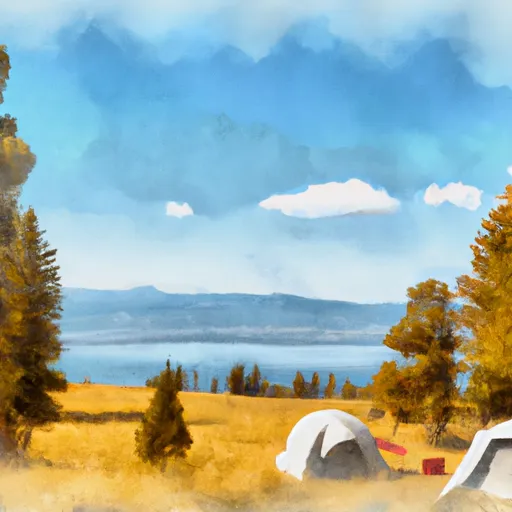 Henrys Lake State Park
Henrys Lake State Park
|
||
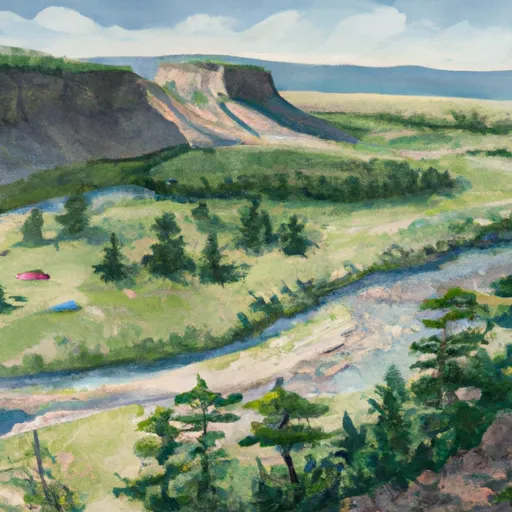 Cherry Creek - Dispersed
Cherry Creek - Dispersed
|
||
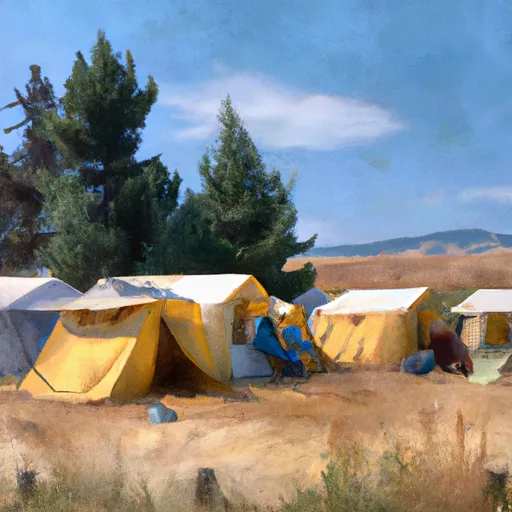 Under Canvas Glamping
Under Canvas Glamping
|
||
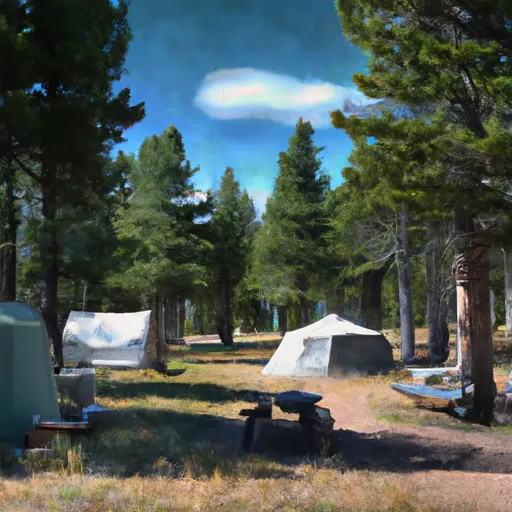 Basin Station Cabin
Basin Station Cabin
|
||
 Flatrock Campground
Flatrock Campground
|
||
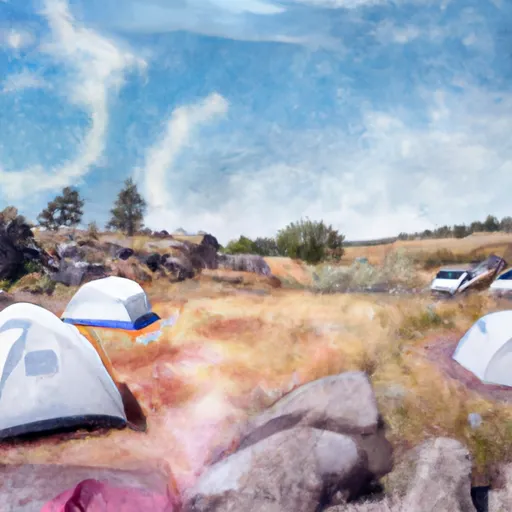 Flat Rock
Flat Rock
|

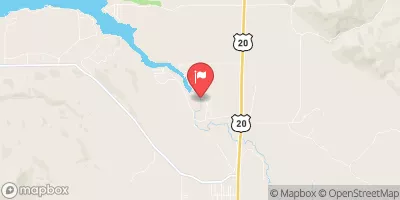
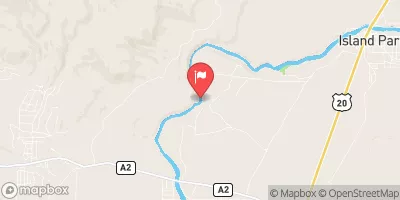
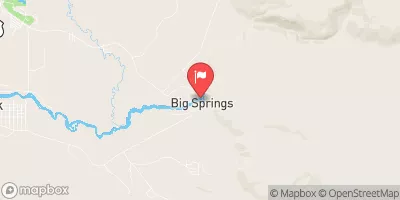
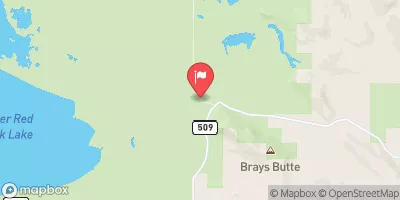
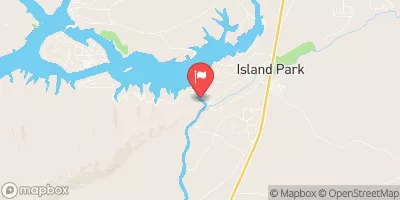
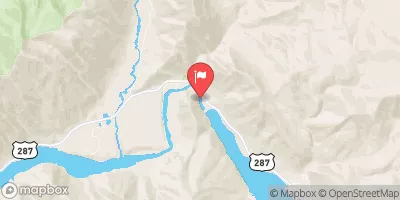
 Henrys Lake
Henrys Lake